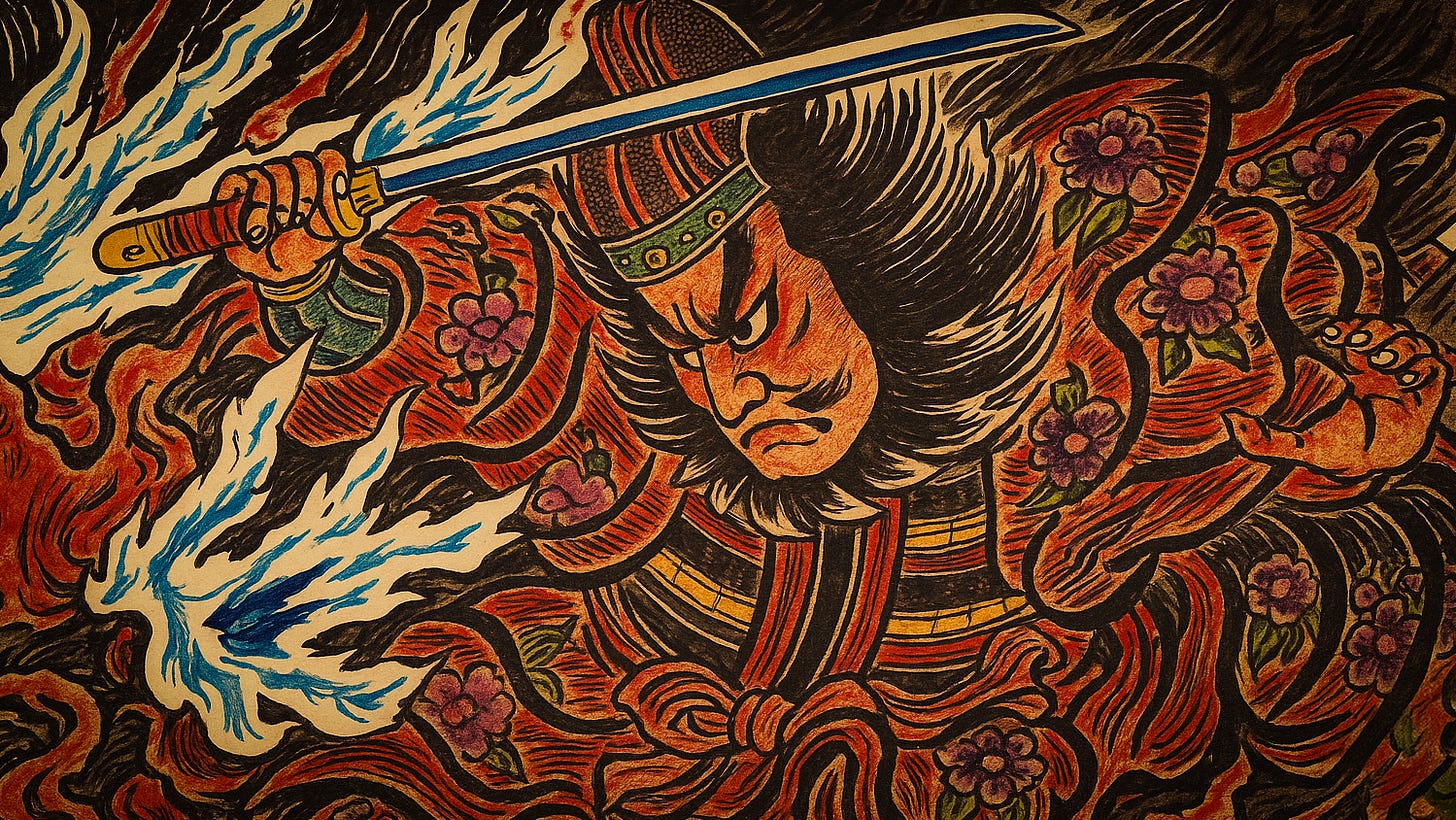Spoken Histories and Silent Truths
Rethinking Japan’s Centralized Historical Lens
Japanese history, for the most part, has been recorded as a narrative that justifies and strengthens the authority of the central government, with peripheral regions—except those that were subordinate or in allied relationships—receiving little attention. This is natural from the perspective of rulers who discovered the power of documenting information and sought to consolidate their control, but with such a background, to assume that Japanese history provides a detailed account of the entire Japanese archipelago inevitably creates the problem of ignoring the histories of vast regions. In other words, if one regards only what is documented as absolute, the true nature of Japanese history cannot be seen.
This issue became even more problematic because Japan originally lacked a written language or a document-based culture. Even in the period from the Asuka era to the Nara era, when written records began to be developed through the influence of Chinese literati, this centralizing tendency continued to shape the historical record, leaving the fundamental problem unresolved.
For example, I travel to various regions to explore history while understanding the differences in nature between the Kojiki and the Nihon Shoki, but I am still struck by how much history remains untold. In fact, the Nihon Shoki quite faithfully follows the historiographical methods centered on the Chinese dynasties, and this tendency is easy to recognize. On the other hand, there is also the Kojiki, which employs a method of compilation that hints at a more pluralistic world, but both works reveal a pronounced centralist bias.



